Things to do
Lisbon Weather
Lisbon Silver Coast
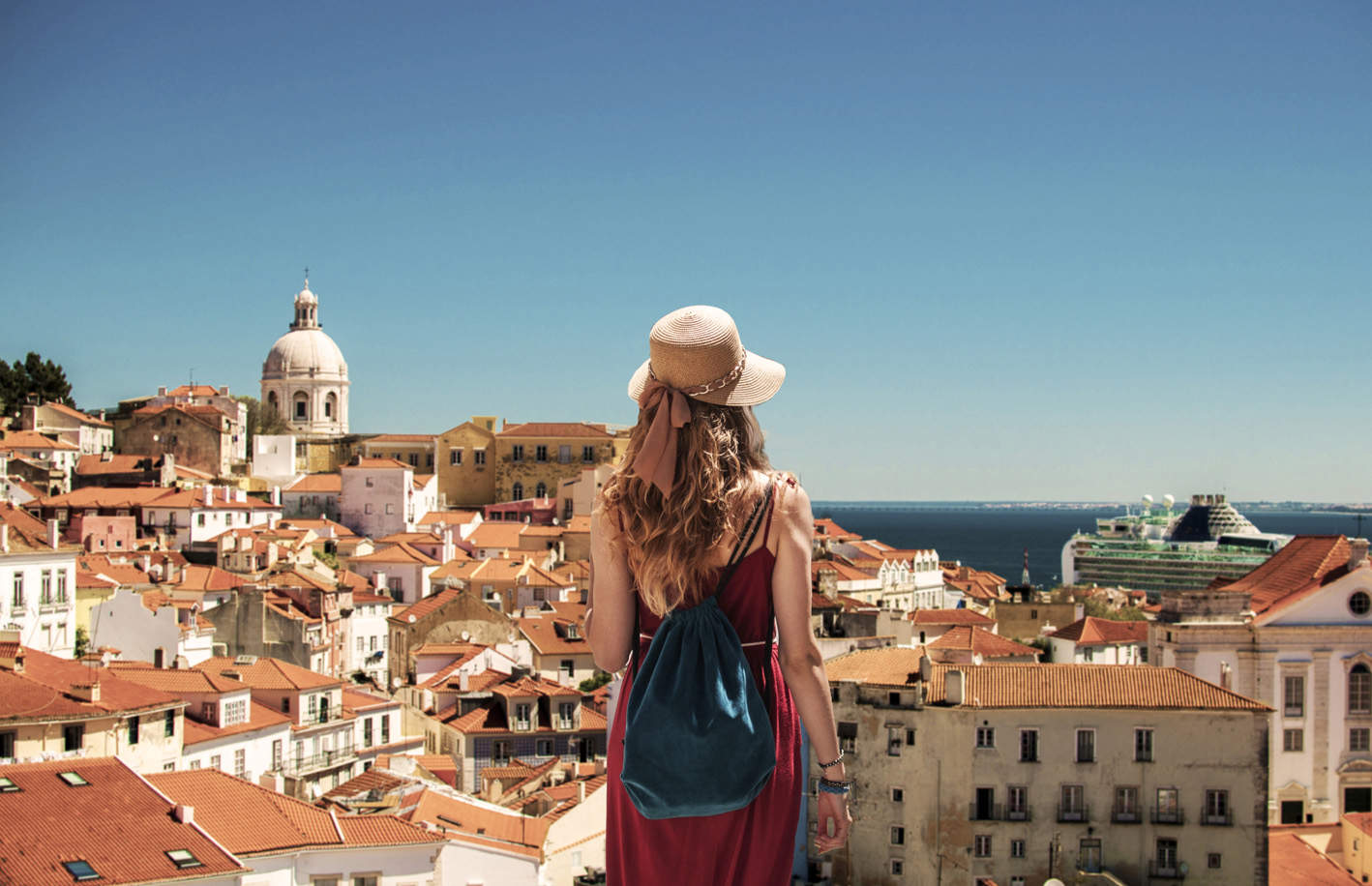

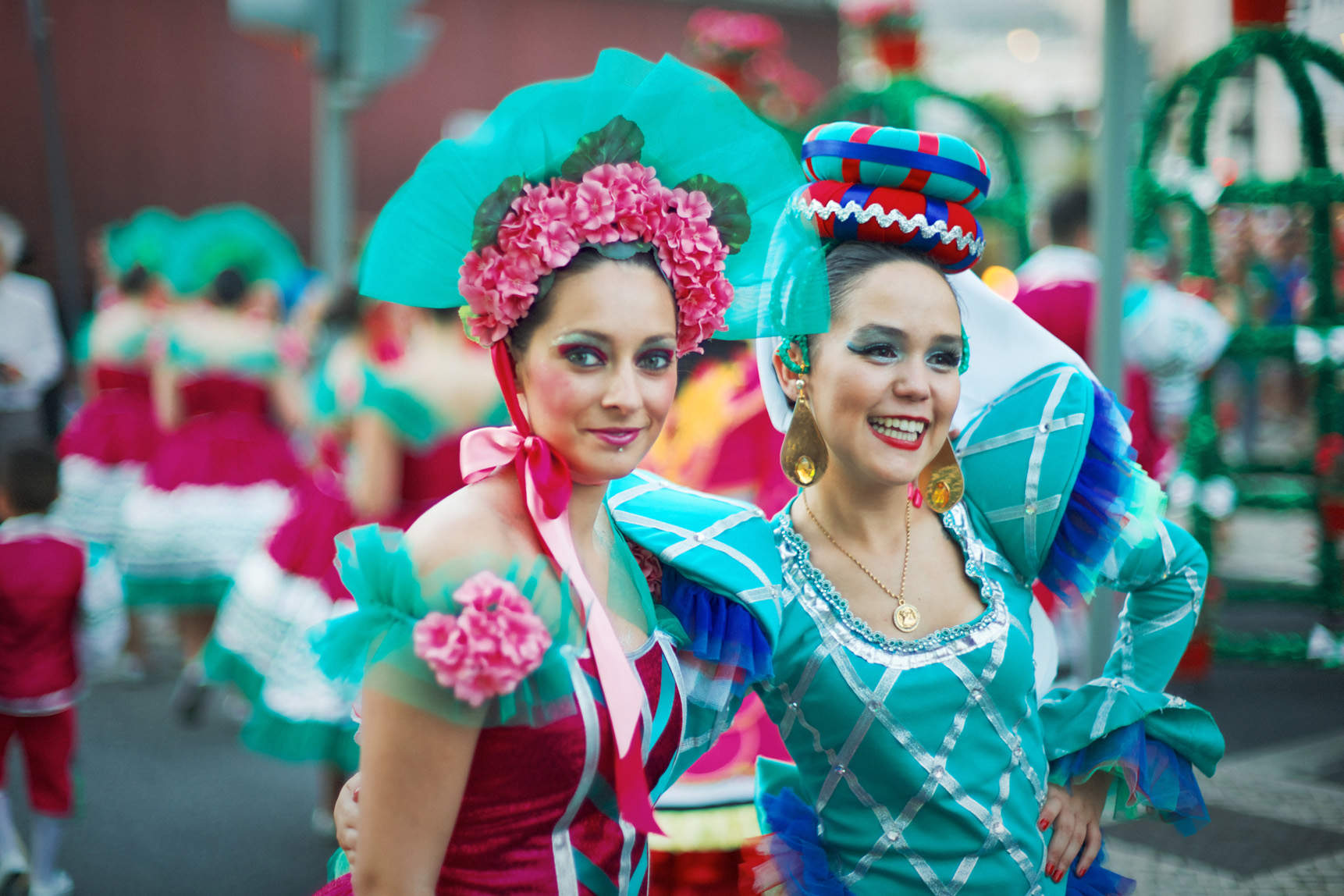




Serras de Aire e Candeeiros - It seems like this area has already been a park for millions of years, as proven by the dinosaur footprints that you can see and touch at the edge of the Serra de Aire. A hundred footprints were discovered in 1994 that have been dated back 175 million years, and are probably the best preserved in the world. This park has more natural wonders with hundreds of limestone caves on the surface and as many underground, formed by the action of underground streams, probably the largest salt water reserves in the country, all littered with stalactites and stalagmites. About twenty-five species of orchids decorate the landscape of the park that is home to all types of reptiles, birds, mammals and invertebrates.
Santarém is known as the country's bullfighting capital, and surrounding the town are rich pastures grazing bulls and horses. In June there is a huge agricultural fair, when it is the best time to catch a bullfight and horse races. Other bullfighting festivals take place nearby in Vila Franca da Xira, known as "the Pamplona of Portugal," where there's the running of the bulls during the first weeks of July and October.
Everywhere you turn in Obidos is like seeing a picture postcard. This medieval village was a wedding gift King Dinis gave to his bride Isabel in 1282, with whitewashed houses inside the walls of the castle. It remained property of Portugal's queens until the 19th century, and today is one of Europe's best preserved walled villages. Throughout the village you'll see gothic doorways, potted plants and lots of bougainvillea, while the castle is now a pousada. You can walk around its ramparts for the best views and photos. At the end of your sightseeing, try the famous local drink, the ginjinha (cherry liqueur), often served in a chocolate glass. Obidos is also the stage of some of Portugal's most popular festivals. Its chocolate festival, medieval market and "Christmas Village" attract thousands to its cobbled streets throughout the year.
As if it were an amphitheatre, the slopes bordering Foz do Arelho beach, littered with villas and beautiful houses, watch the onslaughts of the sea every day, a sea that has created a unique natural spectacle in the Óbidos saltwater lagoon. Lovers of water sports can take advantage of this momentum to ride the sea, while others come here simply to enjoy the beauty of the Portuguese coastal landscape. If you arrive by car, be sure to take the road that connects Foz do Arelho to São Martinho do Porto, a route with spectacular views of the cliffs.
West and North of Lisbon
Estoril is where Lisbon meets the sea. Considered to be the Portuguese Riviera, Estoril and Cascais are full of glamour and charisma. They offer a great diversity of attractions and experiences all in a setting that is exceptional in terms of nature, culture and heritage along the whole of this marvellous coastline, The Casino of Estoril is the largest in Europe however nature is also an important attraction, complementing the sea, green spaces are also fundamental for the ecological balance of the region.
Facing the south, the beaches in the estuary of the Tagus offer visitors calm waters, fine sand and modern facilities. From Carcavelos beach, ideal for surfing, to Guincho, the paradise for windsurfers, you can discover many others, all different but all offering maximum pleasure. One of the particular attractions of the Costa do Estoril is its numerous restaurants. Try some of the most typical dishes of the region, including fish and shellfish, such as steamed lobster, sea bass, white bream or the memorable Cascais sole.
Sintra is an inexhaustible attraction. The town has been adored over the years by artists and writers from all over the world. The passion for the town reached its peak in the 19th century, in the heart of the romantic era. Poets such as Lord Byron, who called it a "a Garden of the Earthly Paradise’’ helped create a special aura of the town. The monuments that are part of the area classified by UNESCO are numerous and all deserve to be visited. But it is a walk through the town and up into the Serra that shows its unique charm and magical atmosphere.
The proximity of the sea also makes the region a unique destination, since it has some of the most beautiful Atlantic beaches, including Praia Grande and Praia das Maçãs. To travel from Sintra to this beach, you can take a typical tram along an unforgettable track. Further south is Cabo da Roca, the most westerly point in mainland Europe, immortalised by Camões as the place "where the earth finishes and the sea starts".
In Mafra you will find one of the most magnificent monuments in the whole world: the Palácio Nacional de Mafra, also known as the Convento de Mafra. This monumental complex contains a basilica, a monastery and a palace, and is the most important masterpiece of Portuguese Baroque. Its 40,000 m2 took 27 years to be built, work being concluded in 1744. The two carillons and six organs are quite unique and the Library is considered the most beautiful in the country, containing more than 38,000 books, many of which are rare works. In Mafra you can also visit the Tapada Nacional, created in the mid- 18th century as a park for King João V and his court.
Ericeira is a favourite destination for seaside holidays. This coastal town, founded eight centuries ago, is 50 kilometres north of Lisbon. With clear water rich in minerals salts and an iodine-rich climate, the area of Ericeira has beaches of excellent quality such as Praia da Foz do Lizandro, Praia de São Lourenço, Praia de São Sebastião or Praia da Ribeira d`Ilhas, which is internationally renowned for surfing, body-boarding and skimming. If you like smaller, more intimate beaches, visit the Praia da Orelheira. With a long fishing tradition, Ericeira also has the Praia do Peixe and the large Praia do Sul. The importance of the fishing in the area makes it a perfect place to eat marvellous fish and shellfish.
Lisbon Region
Diversity is the region’s principal hallmark, with extensive beaches ideal for sunbathing or water sports, luxurious and protected landscapes, picturesque rural landscapes and monuments classified as World Heritage sites by UNESCO. Sintra, also a World Heritage site, is one of Portugal’s most luxurious and romantic towns that has served as a great source of inspiration for poets and writers over the years. Estoril and Cascais is a privileged zone for lovers of the sea, golf and charm. Further north, is the world-famous pilgrimage site of Fátima and in this region are the three key monuments of the Monastery of Alcobaça, the Monastery of Batalha and the Convent of Christ, the former home of the Knights Templar. Other key sites in the region, include the medieval town of Óbidos, and Santarém, which in addition to its fine architectural heritage, is the centre of horse and bull-breeding in Portugal. Travelling south we reach the River Sado and discover the beauty of its riverbanks. Its unique estuary, bordered by the beaches of Tróia, the Arrábida mountains and Setúbal, is one of the most beautiful in Portugal.
Lisbon Apartments & Resorts
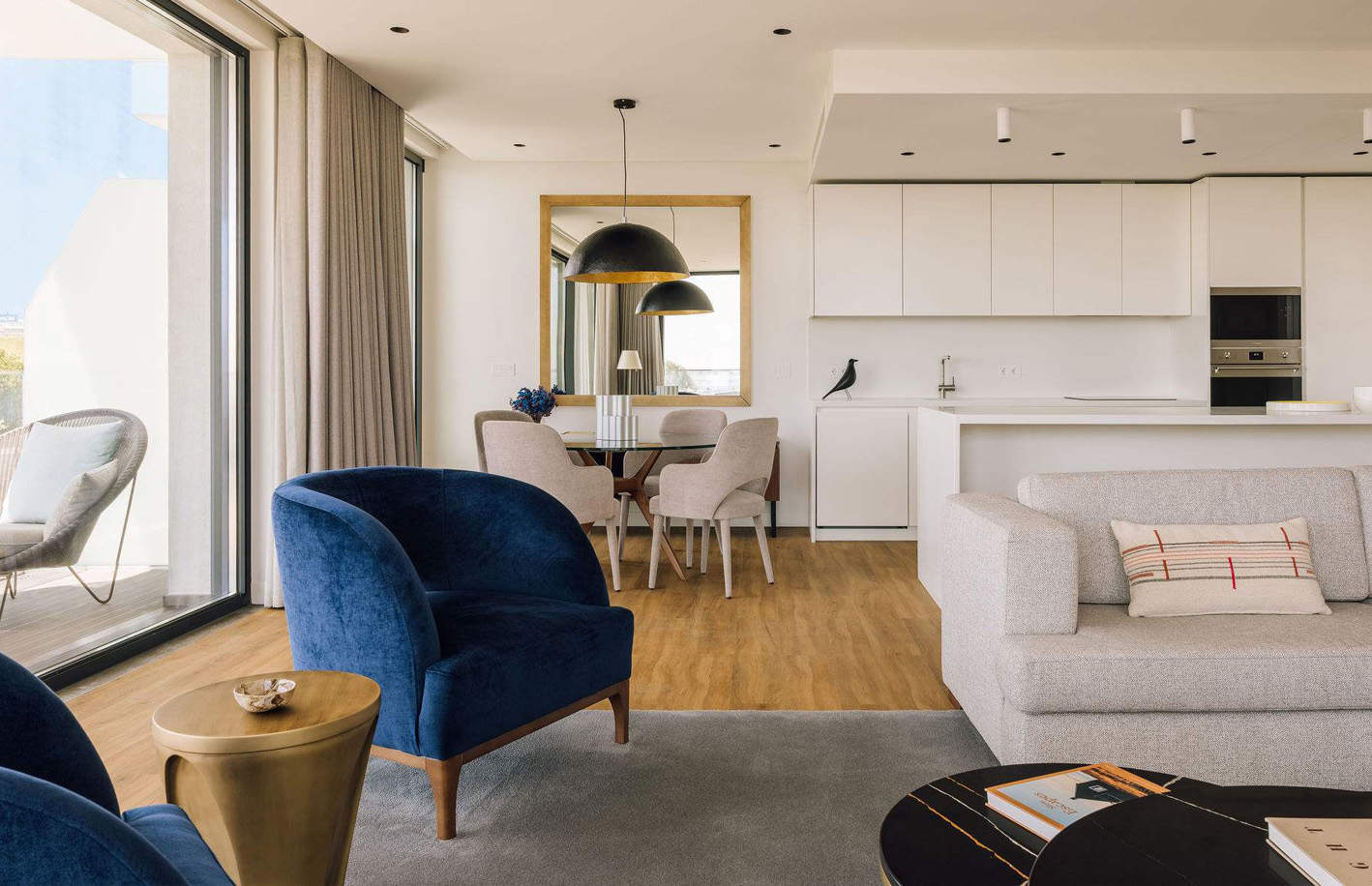

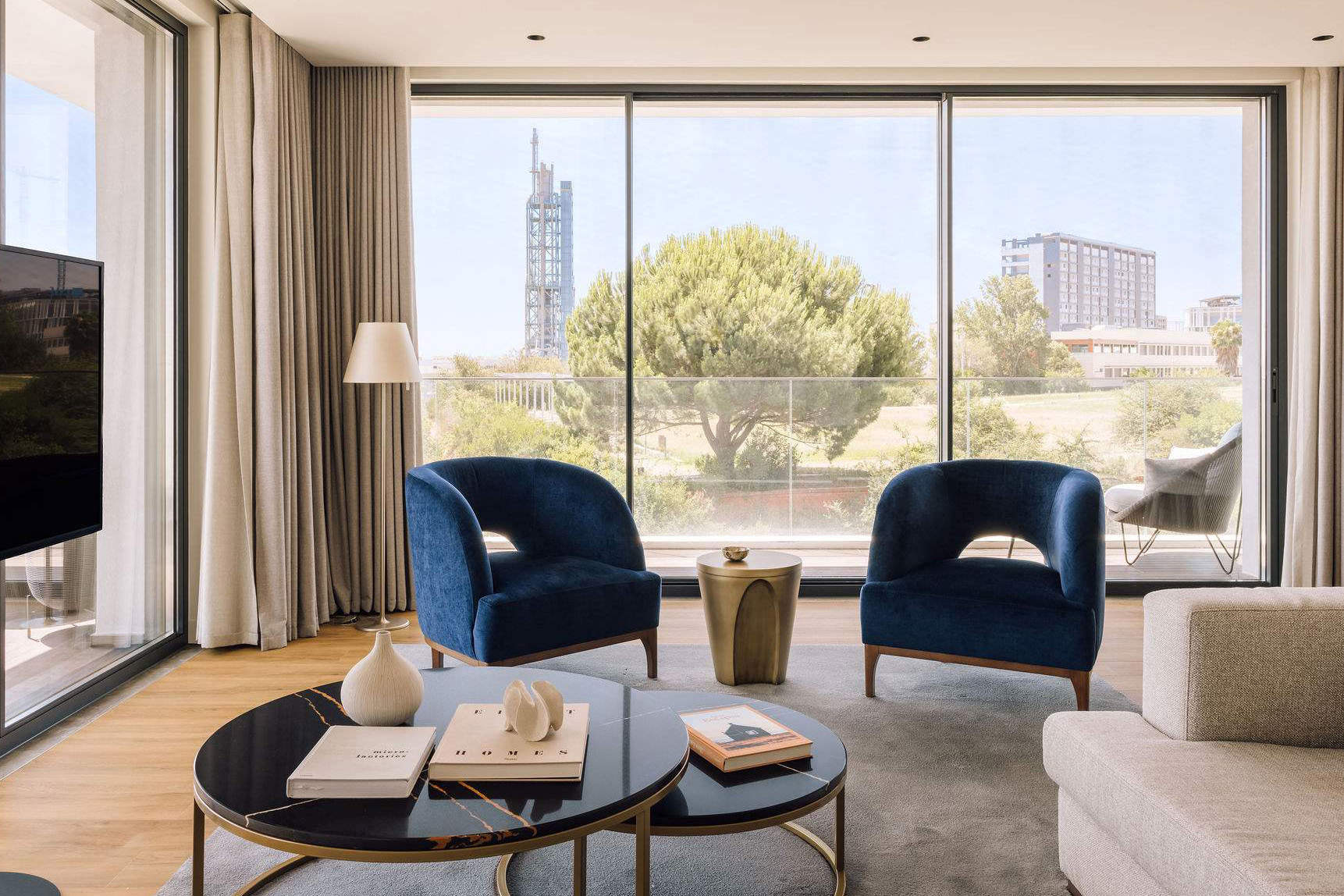
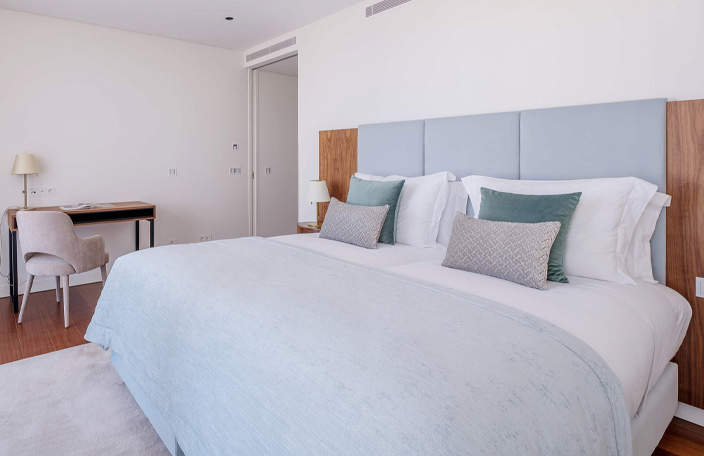

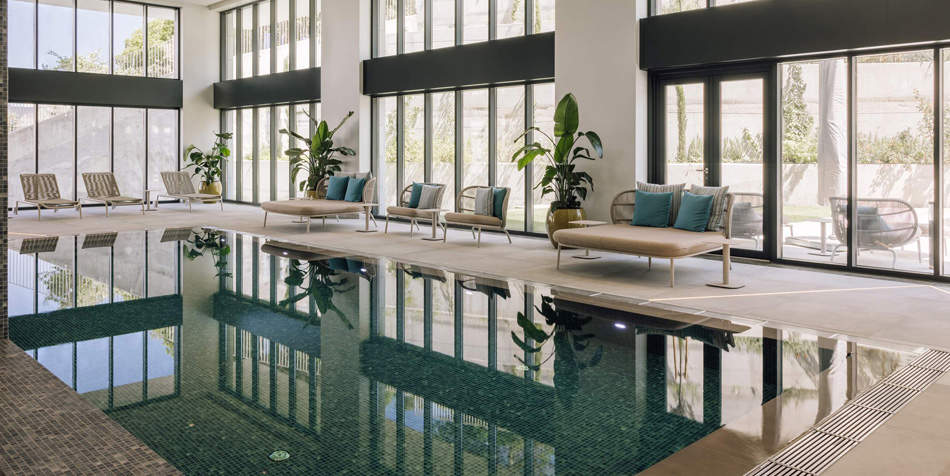

Lisbon offers a diverse array of accommodations and resorts that cater to the varied tastes and preferences of its visitors. From historic boutique hotels nestled in the heart of Alfama's narrow alleys to contemporary luxury resorts along the Tagus River, the city provides a rich tapestry of options. The Avenida da Liberdade, known for its upscale shopping and dining, is home to several five-star hotels that seamlessly blend modern amenities with classic charm. For those seeking a more immersive experience, charming guesthouses and bed-and-breakfasts in neighbourhoods like Baixa and Chiado provide an intimate connection to the city's culture. Additionally, resorts such as the Martinhal Oriente Resort offer opulent escapes just a short distance from Lisbon, complete with world-class amenities, golf courses, and spa facilities. Whether it's a boutique hotel infused with history or a contemporary resort with panoramic views, Lisbon's accommodations promise a comfortable and stylish stay, adding to the allure of this captivating city.











